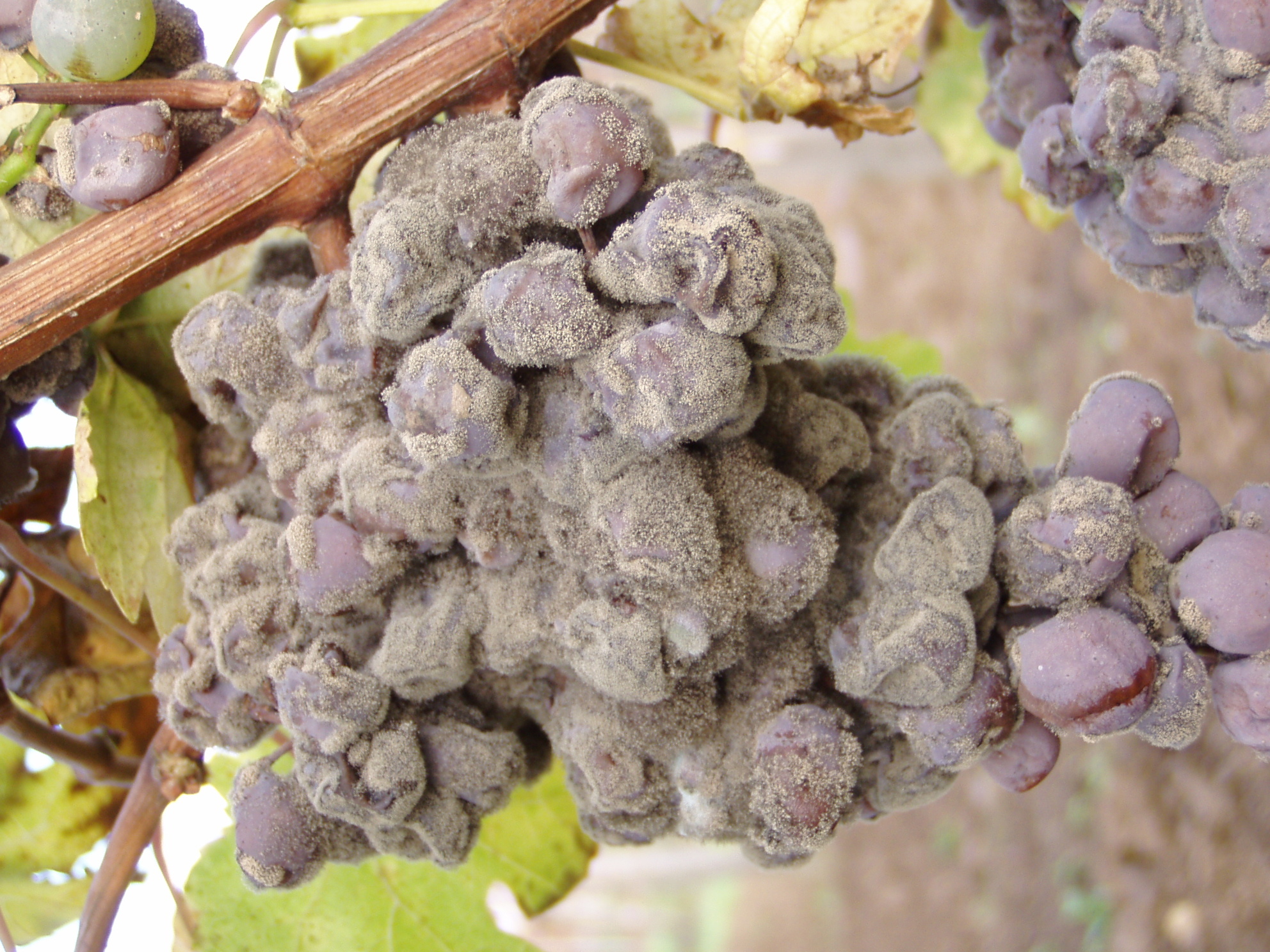Ever heard of Botrytis? Botrytized Wine?
How about Tokaji, Tokay, or Sauternes?
Beerenauslese or Trockenbeerenauslese?
All of these words on a wine label indicate that the wine was made from grapes hosting a fungus by the name of Botrytis cinerea. Usually when we hear about fungus on our foods we are turned off, and that feeling is ok. It’s programmed in our brains so deeply to help us survive as a species. But not all fungus is bad. As it is, certain antibiotics are derived from fungus (penicillin). And remember the mushrooms we eat? Also a fungus.
Botrytis isn’t all rainbows and unicorn farts though, it does have a down side. Botrytis cinerea manifests on ripe grapes as they start to raisin on the vine under moist conditions. If the conditions continue to stay moist, it develops into grey rot and can completely destroy a crop. To achieve the desired status of noble rot, just after the moist conditions that allow the mold to manifest, dry conditions must occur to stop the spread that leads to grey mold.
But why would you ever want a moldy grape to be turned into wine? The growth of Botrytis on grapes punctures the skins, allowing the water inside to slowly evaporate, leaving the remaining juice to have a higher concentration of sugar. This is a desired effect in the creation of late-harvest or dessert wines.
Another thing worth noting is that inoculation of Botrytis occurs in one of two ways: natural inoculation which is seen as desired in areas where it can occur (Europe), and forced inoculation which consists of spraying grapes with the Botrytis spores in an area where Botrytis does not occur naturally (Australia & California).

